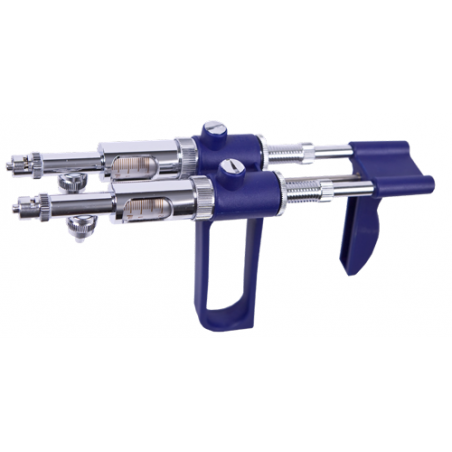Abstract
Measuring Progress on the Control of Porcine Reproductive and Respiratory Syndrome (PRRS) at a Regional Level: The Minnesota N212 Regional Control Project (Rcp) as a Working Example. PLoS ONE 11(2): e0149498. Valdes-Donoso P, Jarvis LS, Wright D, Alvarez J, Perez AM (2016)

What are they studying?
This study established a systematic approach to quantifying the effect of Regional Control Programs (RCP) on PRRS control.
How was it done?
Information was collected from swine farms in a defined area between July 2012 and June 2015 from a RCP in Minnesota (RCP-N212). Using statistical models, active participation of the enrolled farms, (defined as the decision to share —or not to share PRRS status), was evaluated and used as a predictor along with other variables, to assess the PRRS trend over time. Additionally, spatial and temporal patterns of farmers’ participation and the disease dynamics were investigated.
The RCP-N212 dataset contained information at premises level including geographical location, day in which premises were enrolled in the RCP-N212, type of premises, and PRRS status.
What are the results?
During the investigation there was a significant increasing trend in farmers deciding to share information. Production sites with sows were most willing to share information, whereas producers without sows were less willing to report outbreaks.
PRRS incidences were grouped in time. The initial PRRS outbreak in a region increases virus shedding, which leads to disease spread. But this also leads to increased disease control, then resulting in a decrease in shedding and spread.
The incidence of PRRS significantly decreased over the investigated period, showing a negative correlation between degree of participation and occurrence of PRRS and a positive correlation with farm density at county level.
Results in this study also reveal that the higher the density of medium and large premises at the county level, the higher the probability of occurrence of PRRS for farms in those counties.
These results suggest that disease spread is positively correlated to the density of production premises and/or the number of pigs.
Positive correlations of cases within 3 km and periods no longer than 3 weeks were detected, in agreement with previous studies that described a radius of influence of 3 km for infected premises.
What implications does this paper have?
It is important to understand the mechanisms behind the spread of virus and disease, particularly that a high density of medium and large production sites increases the probability of getting infected, especially for farms within a 3 km range.
This has to be taken into consideration when deciding the goal of PRRS control in an area. Go for elimination or control!
The fact that PRRS-negative farms, or farms with PRRS under control, are more likely to share information, and that productions sites without sows are less likely to participate, is a constant challenge to a regional control project. As production sites without sows often contain a higher number of animals in age groups that are more likely to replicate high numbers of the virus, it is crucial to the project to involve these premises in sharing information.
It is in the particular interest of the negative sow herds to get the unknown sites without sows involved in the regional control projects and to also take part in the control efforts to avoid disappointing repeated outbreaks.
|
PRRS regional control plans have been presented as one of the tools necessary to achieve control of infection in areas with high density of pigs. Obviously, and from a theoretical point of view, no one denies that this is so. However, the results obtained in the field are not always encouraging. One of the first problems we face is to define the plan's goal. Initially, there was talk of regional PRRS elimination plans, and gradually the word "elimination" was replaced by "control", considerably less ambitious and possibly more realistic. In fact, all of us who have worked in some of these programs feel more comfortable when the term "control" is used. But what does it really mean? what do we want to achieve with this control? Controlling a disease is not only gathering information, but reducing its incidence. All PRRS control plans, apart from sharing information about outbreaks occurring in a given territory, are based on sharing information about the health status of individual farms, with the sole aim of measuring its evolution. But how do you measure it? This is the question that worries many of the coordinators who are behind these programs. The article is very interesting because it presents a method for measuring the evolution of a particular program in a particular area, despite all the limitations stark reality presents (lack of information from some of the farms involved). Improvement does not exist if we can not measure it. The work that has been done also allows us to draw some conclusions that are valid for the success of these programs. PRRS is a particular concern for breeding farms due to the great economic impact the disease has on them. Owners and veterinarians in sow farms are usually the main drivers of these programs, seeking in them reassurance to reduce their risk of infection and maintain their economic viability. However, without the enrollment in the program of all farms present in the area, progress will be minimal or nil. When talking about diseases caused by viruses, power amplification containment will be one of the crucial elements to reduce its spread and ultimately control the infection. Farms housing growing animals gain importance in these programs, since they are often responsible for maintaining a high viral load in a particular area. It's a good reason to include them in the programs and to share information, like the others. |










